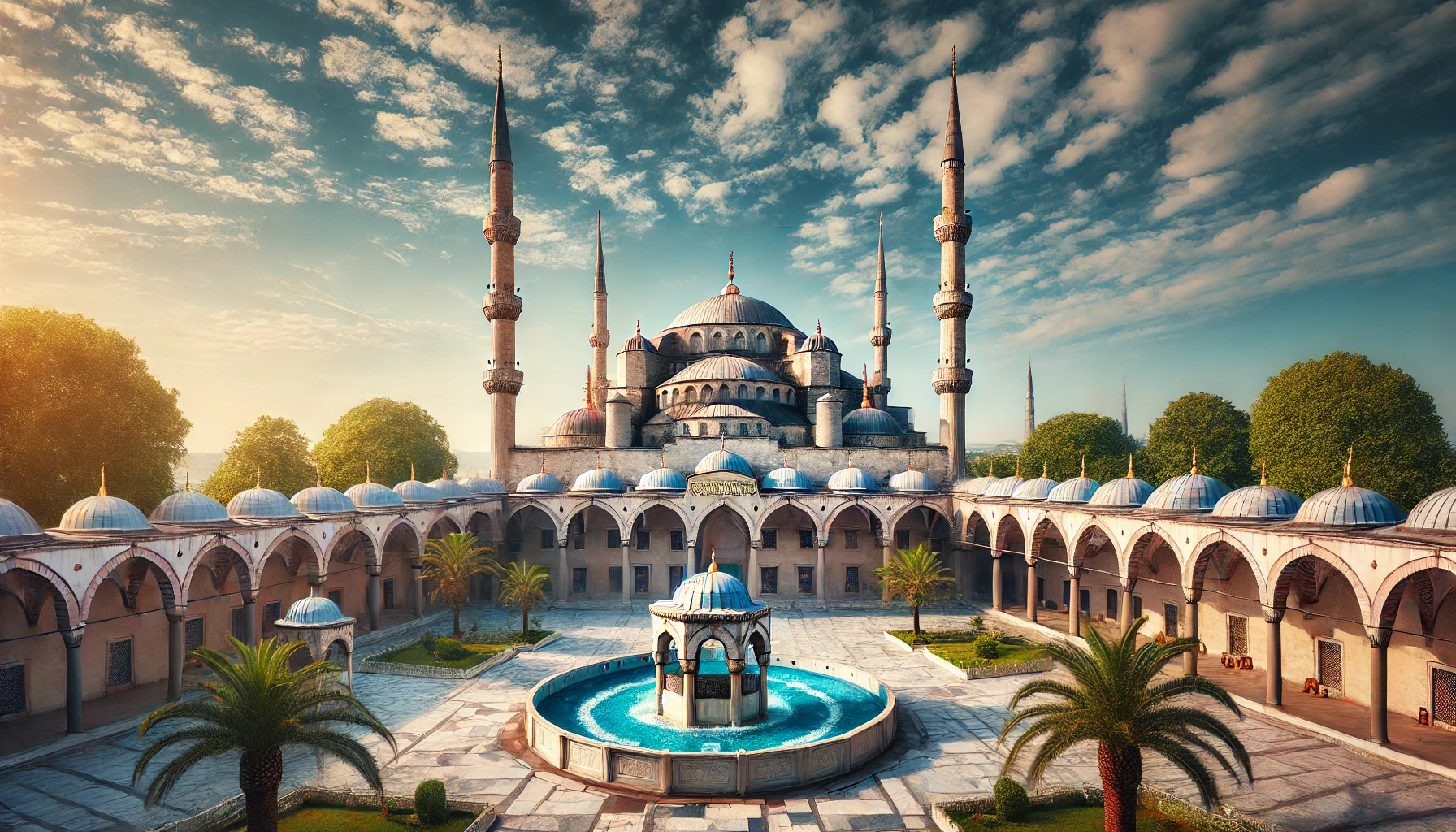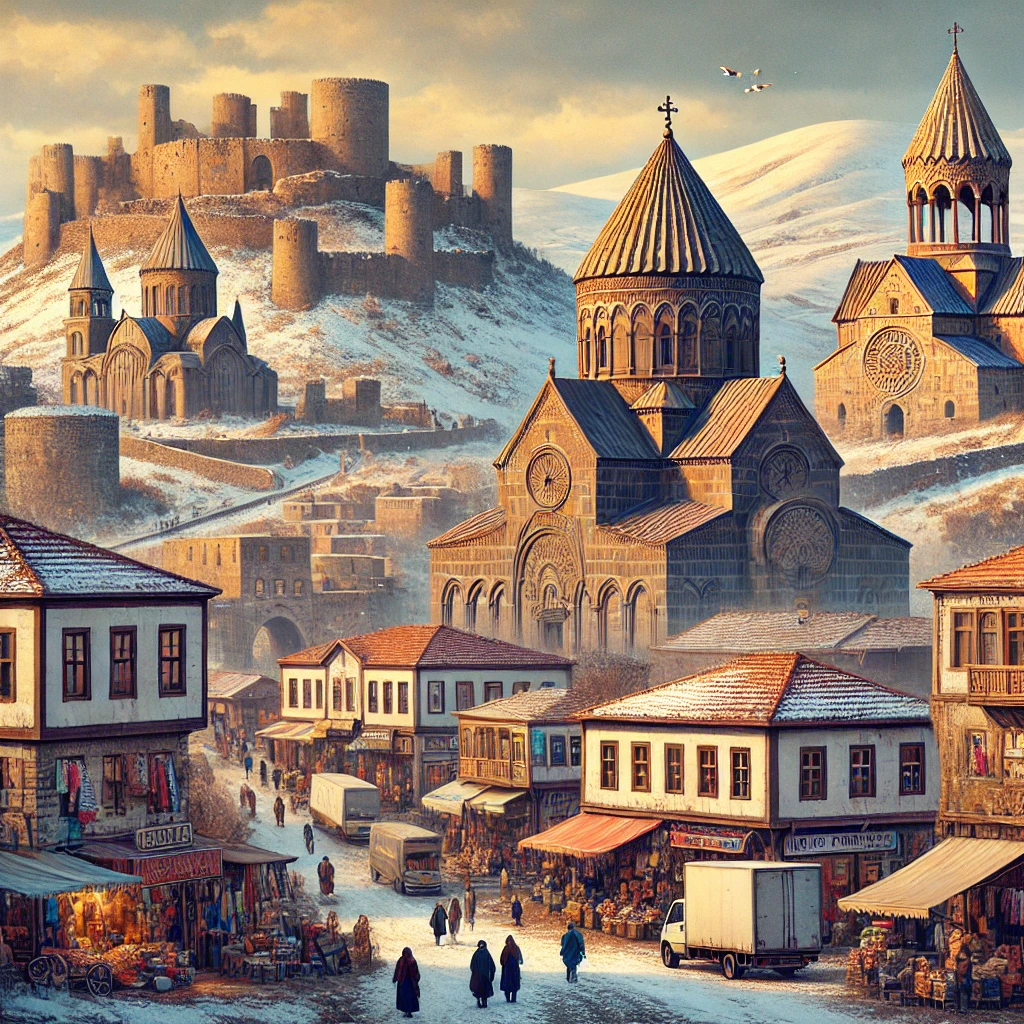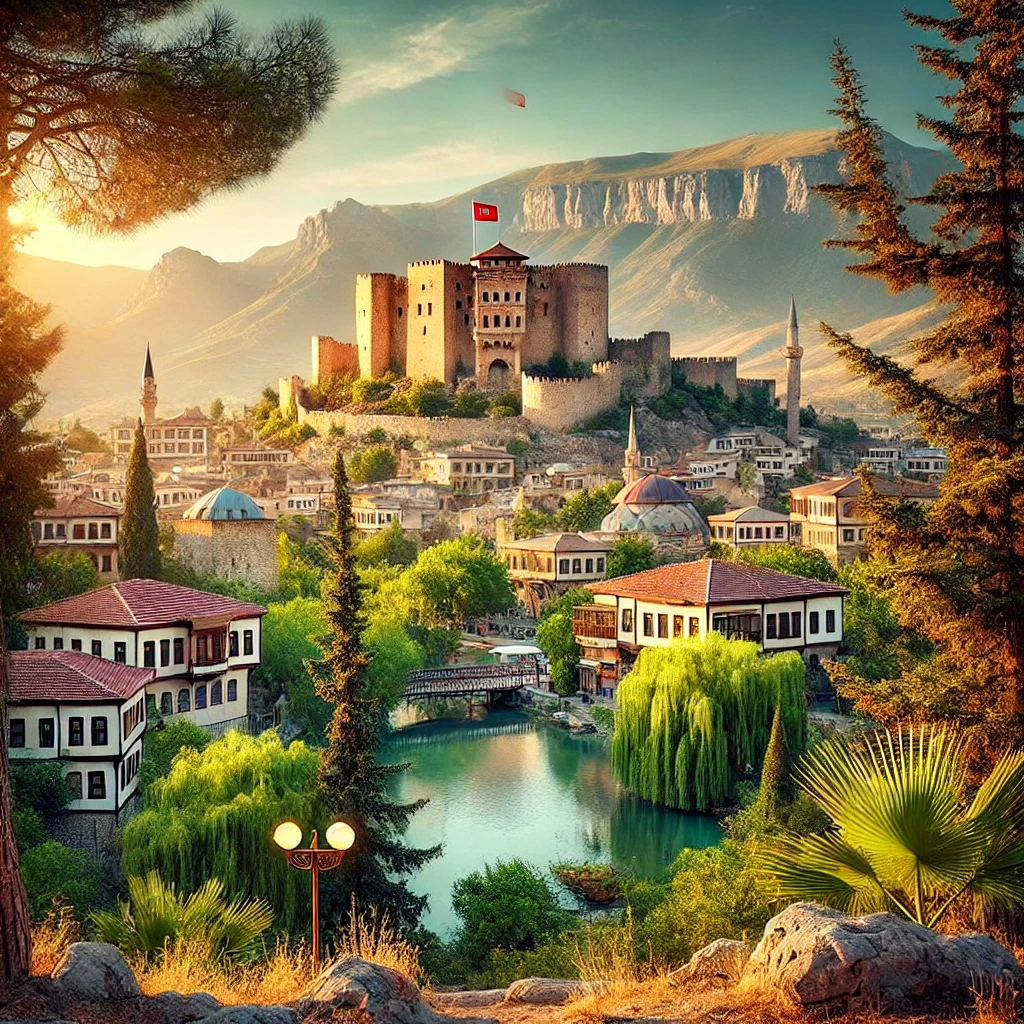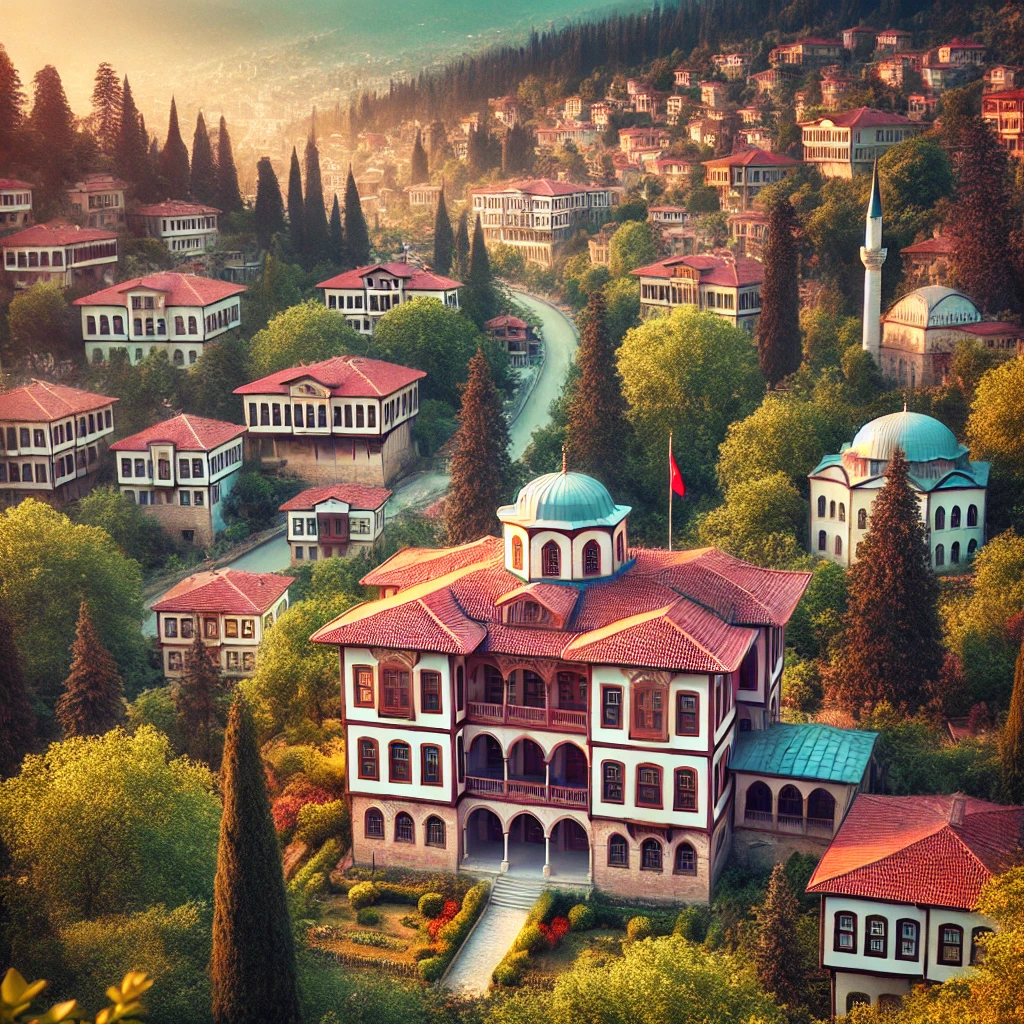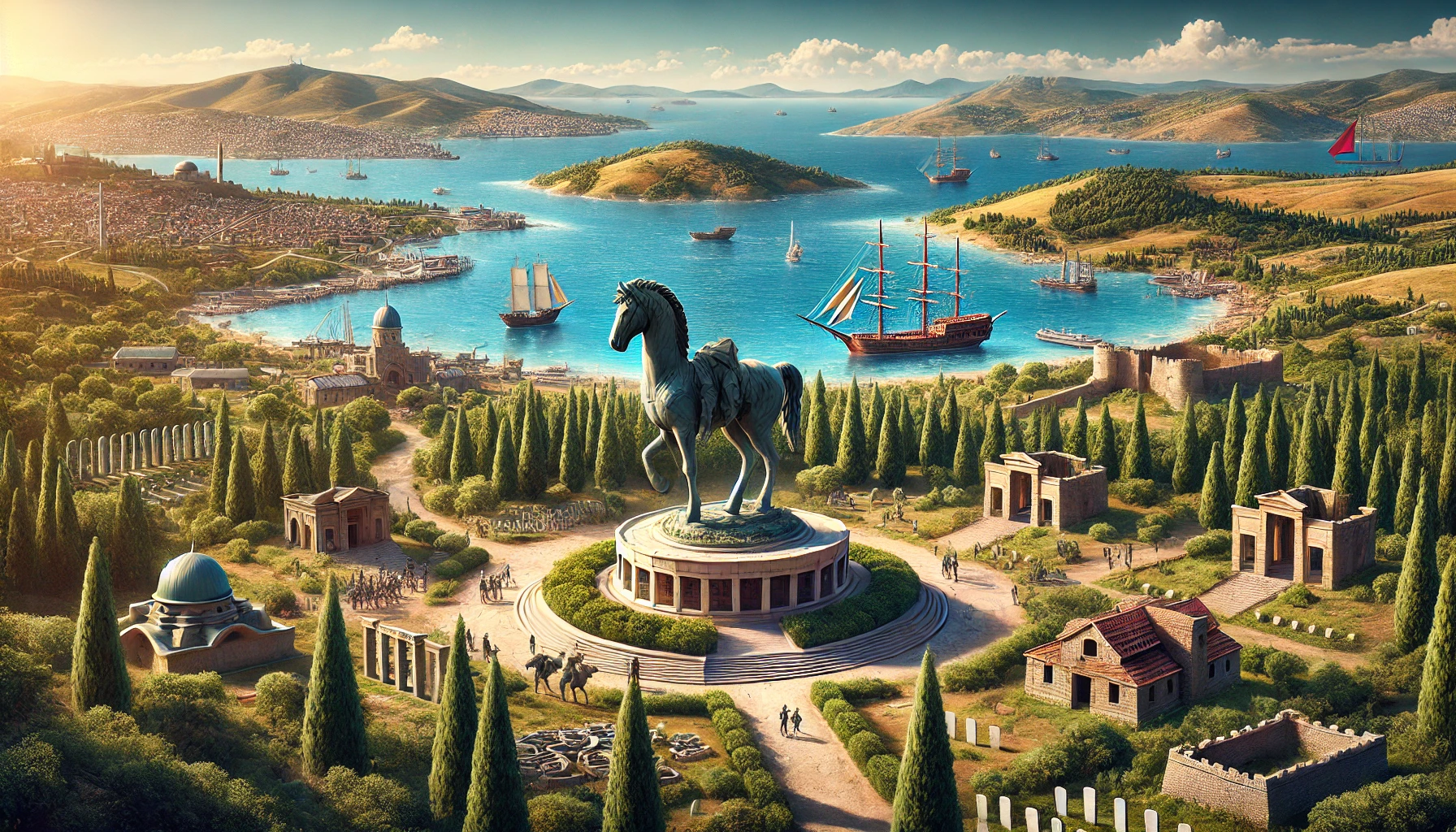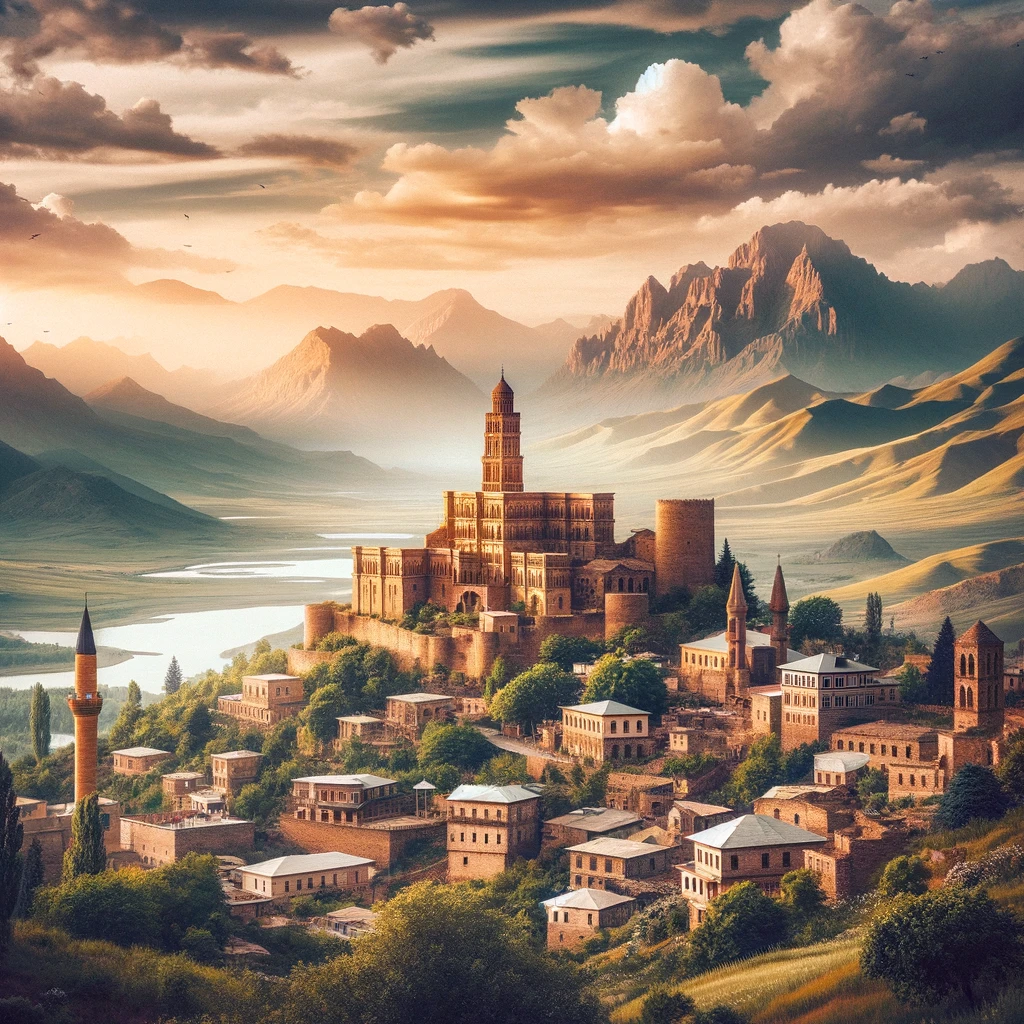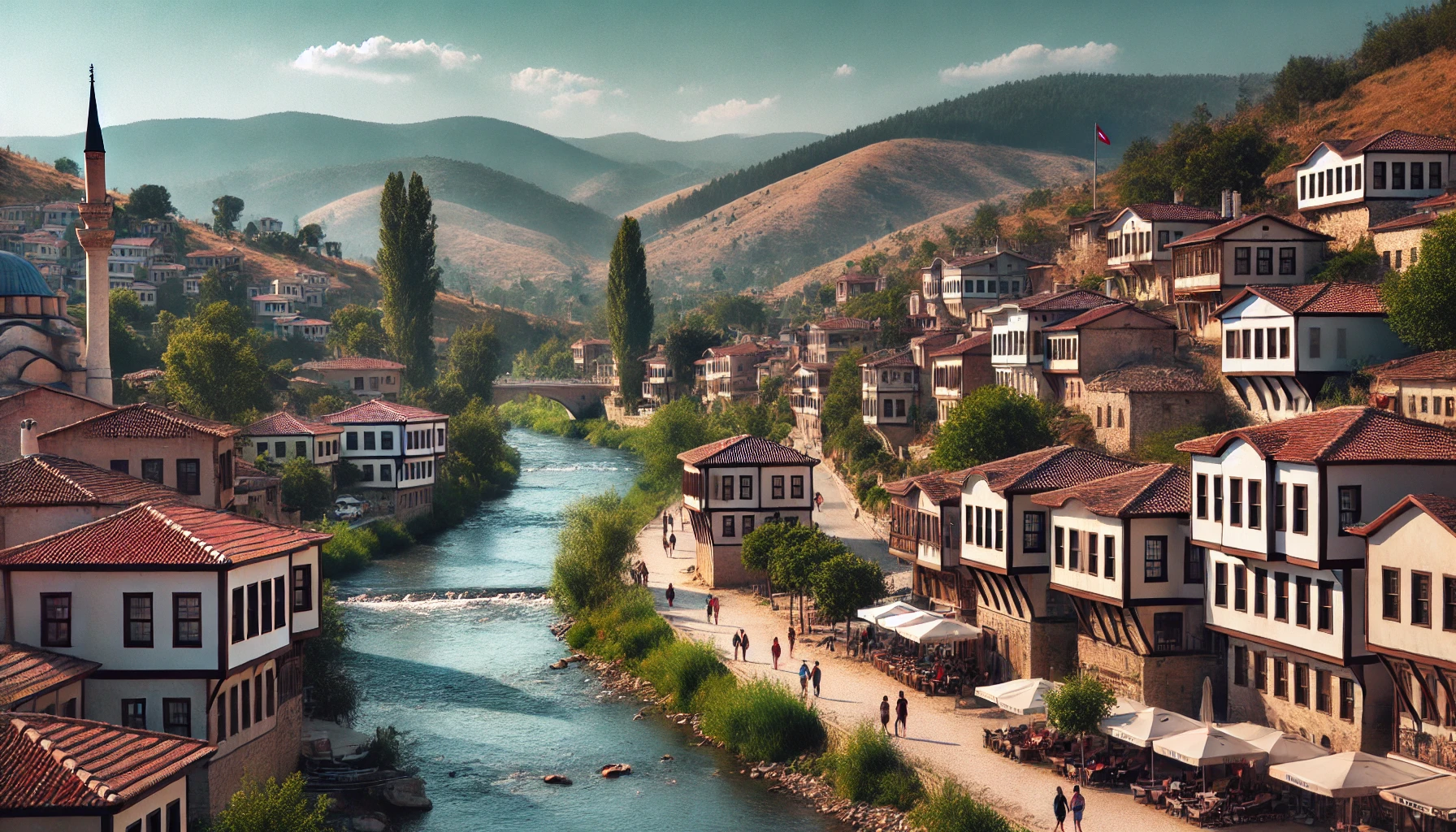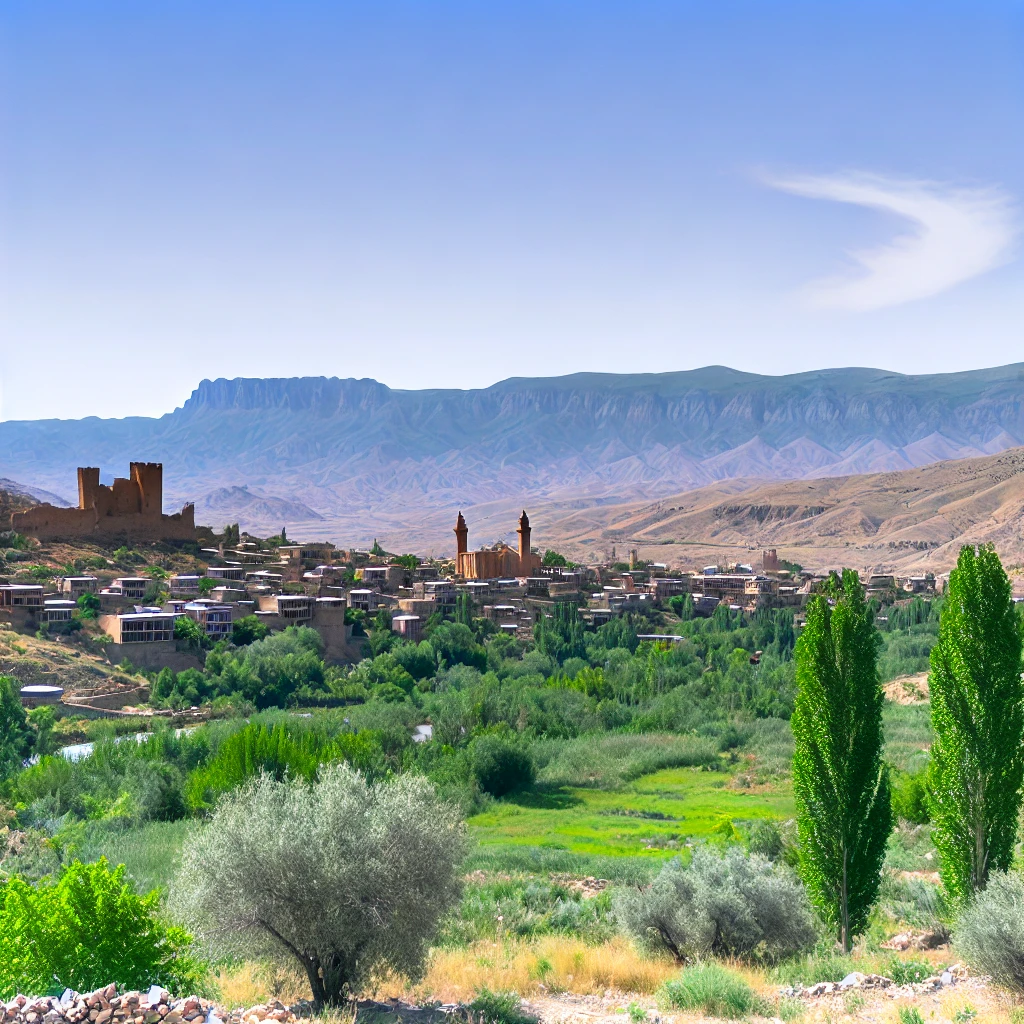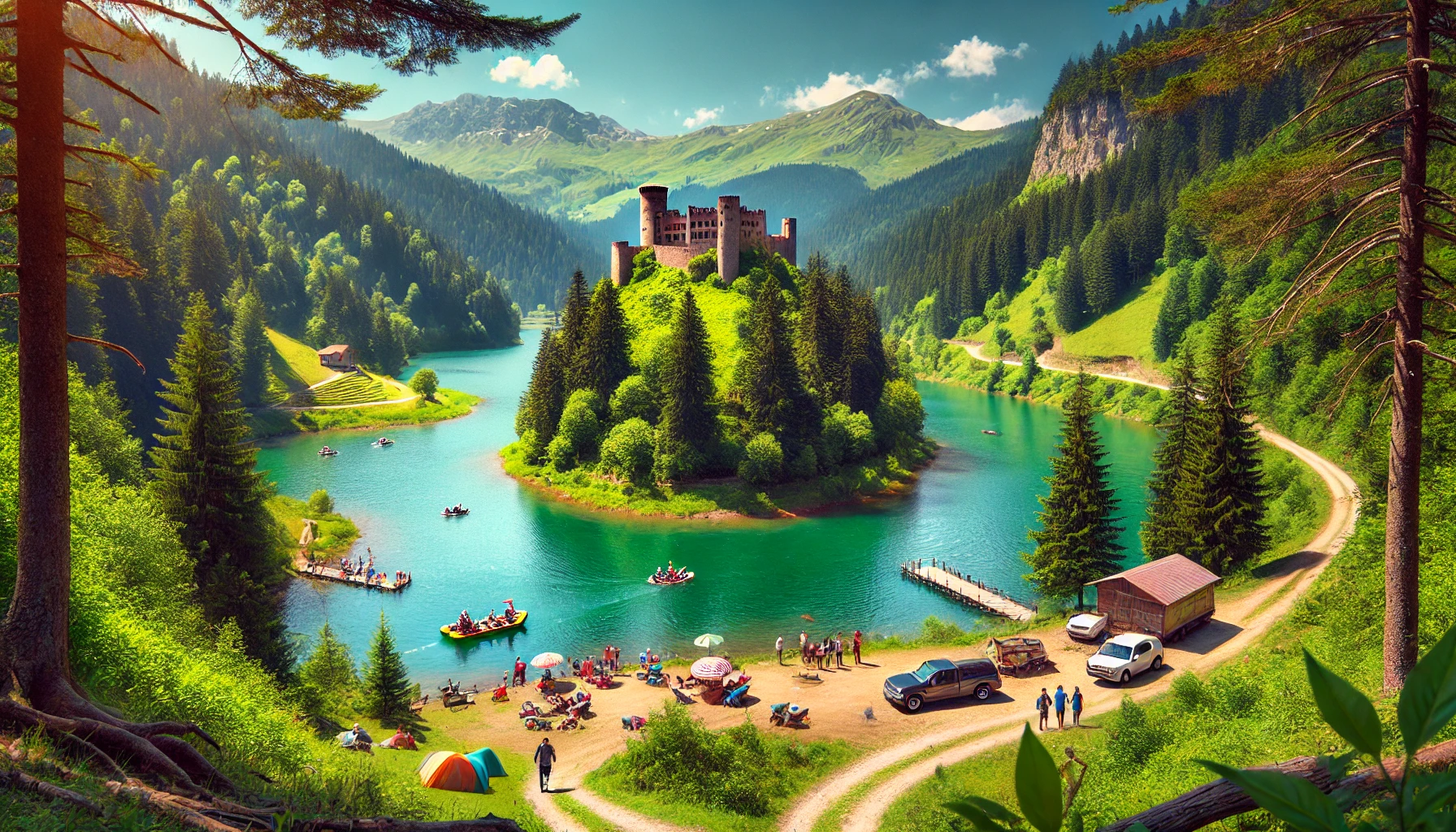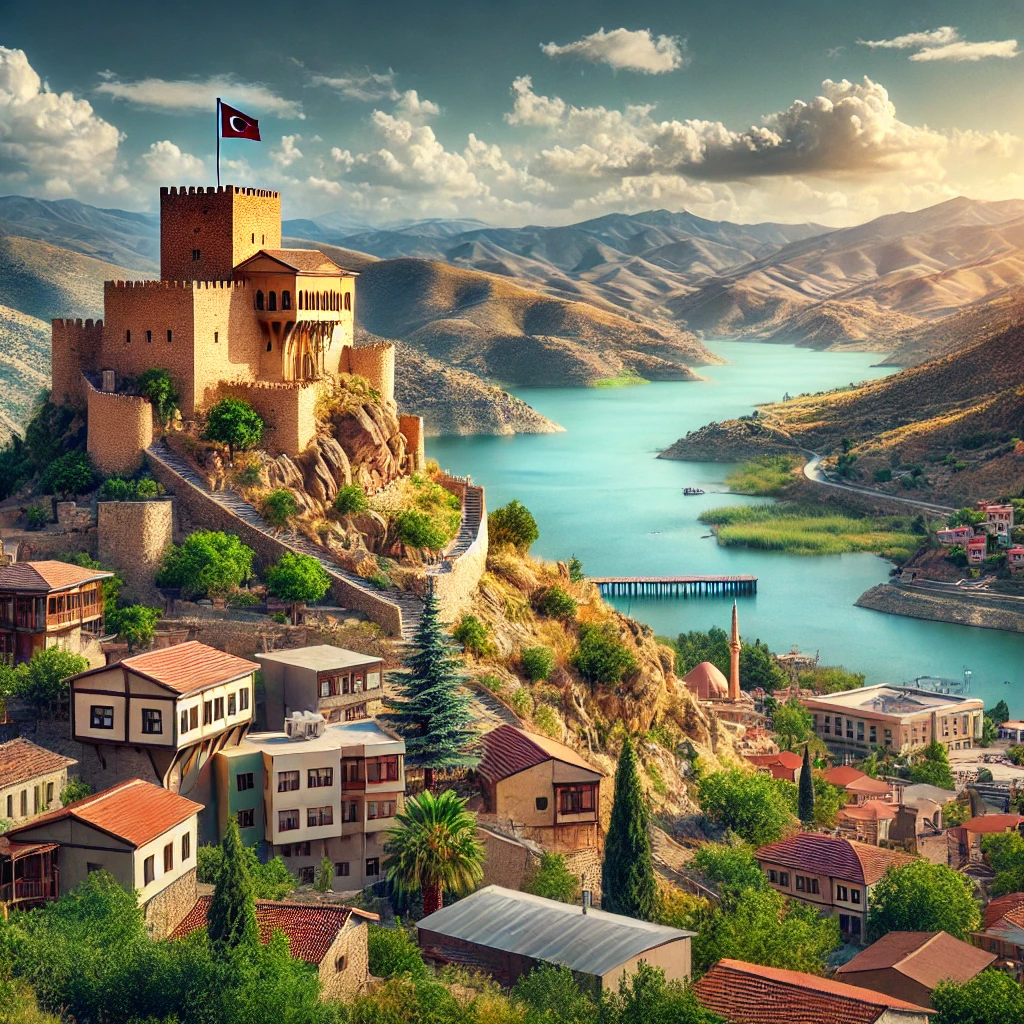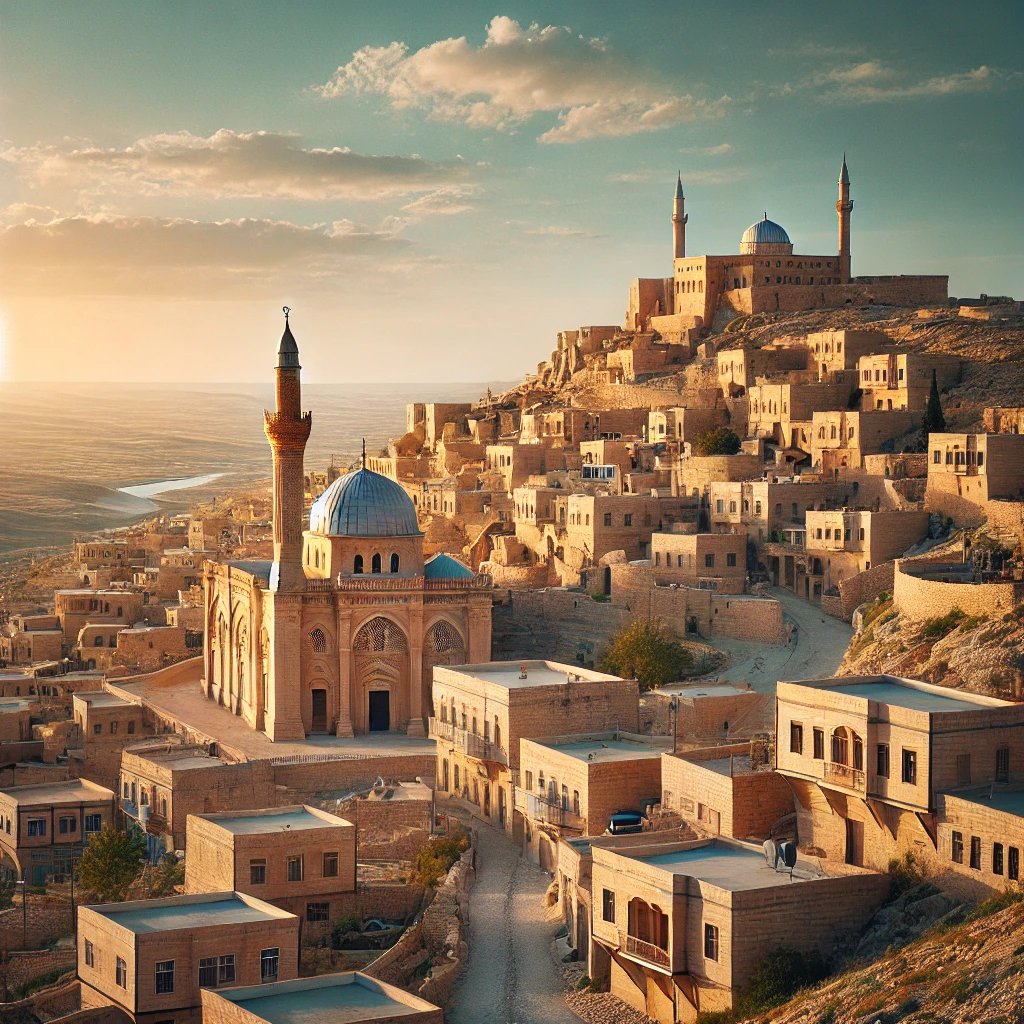The Blue Mosque: An Architectural Marvel of Istanbul
The Blue Mosque, officially known as the Sultan Ahmed Mosque, is one of the most iconic landmarks in Istanbul, Turkey. This magnificent structure, with its stunning architecture and rich history, attracts millions of visitors each year. Whether you are a history enthusiast, an architecture lover, or simply a traveler looking to explore the wonders of Istanbul, the Blue Mosque is a must-visit destination. In this article, we will delve into the history, architecture, and significance of the Blue Mosque, providing a comprehensive guide for travel enthusiasts.
The Historical Significance of the Blue Mosque
From Byzantium to Istanbul
Istanbul, formerly known as Byzantium and later Constantinople, has a rich history that spans several millennia. Founded in 667 BC by the ancient Greeks, the city became the imperial seat of the Roman Empire under Emperor Constantine the Great. It remained the capital of the Byzantine Empire for over a thousand years before being captured by the Ottoman Turks in 1453. Constantinople then served as the capital of the Ottoman Empire until the establishment of the Republic of Turkey in 1923, when it was renamed Istanbul.
The Reign of Sultan Ahmed I
Sultan Ahmed I, who ascended to the throne as a teenager, sought to boost the morale of his people and solidify his legacy by commissioning the construction of a grand mosque. Unlike his predecessors, who funded their architectural projects with the spoils of war, Sultan Ahmed had no such victories to his name. Instead, he financed the mosque’s construction from the state treasury, a decision that sparked controversy among the empire’s elite.
The Construction of the Blue Mosque
Construction of the Blue Mosque began in 1609 and was completed in 1616. Sultan Ahmed I was deeply involved in the project, even working alongside the laborers to expedite the process. Tragically, he died in 1617 at the age of 27, just one year after the mosque’s completion. The Sultan Ahmed Mosque, as it was originally called, was intended to surpass the grandeur of all previous mosques in Constantinople, and it remains a testament to the Sultan’s ambition and vision.
Architectural Marvels of the Blue Mosque
The Exterior Design
The Blue Mosque is renowned for its striking exterior, characterized by its six minarets and cascading domes. The six minarets caused a stir when the mosque was first completed, as the Masjid al-Haram in Mecca also had six minarets. To resolve the issue, a seventh minaret was added to the mosque in Mecca, maintaining its status as the holiest site in Islam.
The Courtyard
The mosque’s expansive courtyard is one of its most impressive features. Entering through the middle of the Hippodrome, visitors are greeted by the vastness of the courtyard, which is surrounded by a continuous arcade. The central ablution fountain, used for ritual purification before prayers, adds to the courtyard’s serene ambiance.
The Interior Splendor
While the exterior of the Blue Mosque is awe-inspiring, it is the interior that truly captivates visitors. The mosque’s nickname, the Blue Mosque, comes from the over 20,000 hand-carved Iznik tiles that adorn its interior walls. These tiles, many of which are in various shades of blue, create a breathtaking visual effect.
The Iznik Tiles
The Iznik tiles are renowned for their intricate designs and vibrant colors. Some feature abstract patterns, while others are decorated with flowers, trees, and other natural motifs. These tiles, coupled with the mosque’s stained glass windows, create a luminous and ethereal atmosphere.
The Dome and Prayer Hall
The mosque’s central dome is supported by four massive piers and surrounded by smaller domes and semi-domes. This architectural arrangement not only provides structural stability but also creates a sense of grandeur and harmony. The prayer hall, with its lush carpets and elegant chandeliers, can accommodate up to 10,000 worshippers.
Visiting the Blue Mosque
Practical Information
The Blue Mosque is located in the historic Sultanahmet district of Istanbul, making it easily accessible to visitors. It is situated near other major attractions, such as the Hagia Sophia and the Topkapi Palace, allowing travelers to explore multiple sites in one visit.
Opening Hours
The mosque is open to visitors outside of prayer times. Non-Muslim visitors should be aware that the mosque is closed to tourists for about 90 minutes during each of the five daily prayers. The best time to visit is early in the morning or late in the afternoon to avoid the crowds.
Dress Code
As a functioning mosque, the Blue Mosque requires visitors to dress modestly. Women are expected to cover their heads, and both men and women should wear clothing that covers their legs and shoulders. Scarves and robes are available at the entrance for those who need them.
Exploring the Surroundings
The area surrounding the Blue Mosque is rich with history and culture. After visiting the mosque, travelers can take a leisurely stroll through the Sultanahmet Square, explore the ancient Hippodrome, or visit the nearby Grand Bazaar for a unique shopping experience.
The Cultural and Spiritual Significance
A Place of Worship
The Blue Mosque is not only a tourist attraction but also a place of active worship. It serves as a significant religious site for Muslims in Istanbul and around the world. The mosque’s serene atmosphere and beautiful architecture make it an ideal place for reflection and prayer.
A Symbol of Istanbul
The Blue Mosque is a symbol of Istanbul’s rich cultural heritage and its unique blend of Eastern and Western influences. Its striking silhouette against the city’s skyline is a testament to the architectural prowess of the Ottoman Empire and the enduring legacy of Sultan Ahmed I.
Conclusion: The Blue Mosque – A Must-Visit Destination
The Blue Mosque, with its rich history, stunning architecture, and spiritual significance, is a must-visit destination for anyone traveling to Istanbul. Whether you are captivated by its intricate Iznik tiles, awed by its grand domes and minarets, or moved by its serene atmosphere, the Blue Mosque offers an unforgettable experience. As you explore this magnificent structure, you will gain a deeper appreciation for Istanbul’s rich cultural heritage and the remarkable achievements of the Ottoman Empire.
Latest Update: Aug 4, 2024
Your Content Goes Here
TAGS: architecture, Blue Mosque, Blue Mosque Istanbul, historical site, historical sites in Istanbul, Istanbul, Istanbul attractions, Istanbul landmarks, Istanbul travel guide, Iznik tiles, Ottoman architecture, Ottoman Empire, religious site, Sultan Ahmed Mosque, things to do in Istanbul, tourism, travel, Turkey, Turkey tourism, visiting Blue Mosque
A brief summary of the key points in this article.
Latest Travel Guides
Weather Today in Blue Mosque, Istanbul, Turkey
Location: Istanbul
Temperature: 14.53°C
Condition: Clear sky

